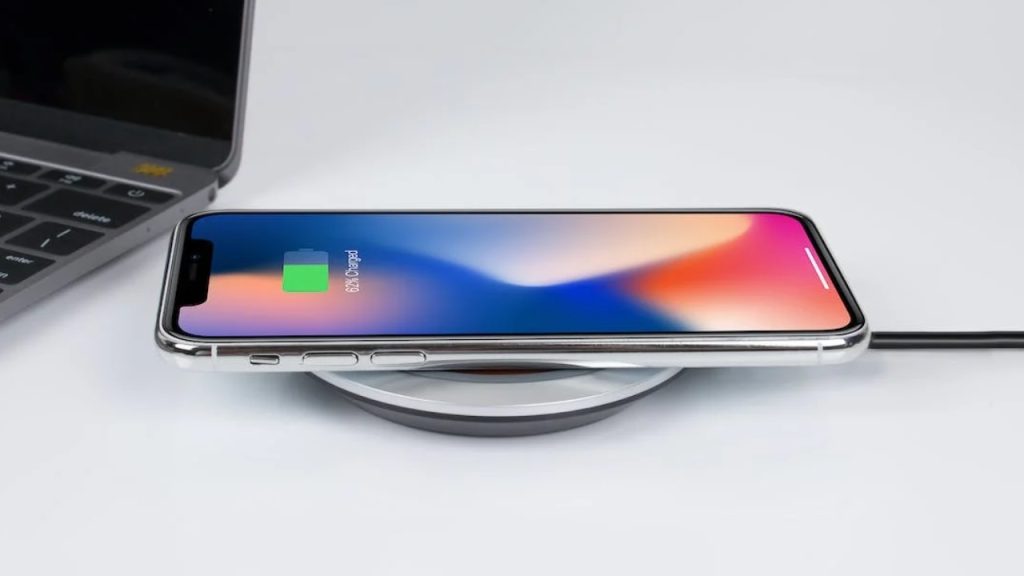Remember the days when feature phones ruled the mobile industry? They had their flaws, but one thing we loved about them was the ability to swap out the batteries when they ran out of juice. However, as smartphones took center stage, removable batteries became a thing of the past. But wait, recent developments, including the proposed legislation by the European Union (EU), are reigniting the debate about removable batteries in smartphones.

Let’s dive in and explore why smartphone makers moved away from removable batteries and why we’re starting to question that decision.
Why the EU Wants to Removable Batteries on Smartphones
The EU aims to promote environmental sustainability through its proposed legislation. It believes that non-removable batteries contribute to electronic waste, as many devices are discarded solely due to battery aging. By reintroducing removable batteries, the EU hopes to extend the lifespan of smartphones, reduce waste, and align the industry with green principles.
Some of the key points mentioned in the EU Ecodesign Requirements for smartphones are as follows:
- Smartphone makers, importers, or their authorized representatives are required to make available to professional repairers certain spare parts, including necessary fasteners (if the originals can’t be reused). This should be for a time period starting one month after the phone is introduced to the market until 5 years after it’s no longer sold.
- These entities should provide professional repairers access to repair and maintenance information for certain parts. This should start from one month after the phone is released to the market until 7 years after it stops being sold.
They also need to make sure that the battery can be replaced easily:
- The replacement should be doable without any tools, or with tools supplied with the phone or the spare part, or basic tools.
- The battery replacement should be possible to carry out in any typical use environment.
- The process should be simple enough for a regular person to do it.

If Removable Batteries Were Good, Why Did Smartphone Makers Remove Them?
When smartphones started entering the market, manufacturers sought to prioritize sleek and seamless designs, pushing the boundaries of technology. Removable batteries seemed like a relic from the past as fast charging technologies emerged as a viable alternative. After all, who needs to swap batteries when you can charge your phone at lightning speed?
The convenience of quick charging and sleek design seemed to outweigh the need for removable batteries. Not to mention, added features such as IP rating was made possible with non-removable parts.
However, it’s time to take a fresh look at the benefits and drawbacks associated with removable batteries.
Advantages of Removable Batteries in Smartphones:
Let’s not dismiss the advantages that removable batteries offer:
Flexibility and convenience: Remember the days when you could carry spare batteries and swap them out whenever your phone ran out of power? That was the epitome of convenience, giving you uninterrupted usage.
Extended device lifespan: The ability to replace aging batteries breathed new life into smartphones, allowing you to keep using your trusted companion for longer.
Cost-effectiveness: Instead of shelling out big bucks to replace the entire phone, you could simply purchase a new battery, saving you some serious cash.
Reduced downtime: No more waiting for your phone to charge or sending it off for repair. With a spare battery, you could easily swap it in and continue using your phone while the other battery charged or was being fixed.
Disadvantages of Removable Batteries in Smartphones:
As much as we may love the convenience, there are some downsides to removable batteries:
Design constraints: The sleek and slim designs we’ve grown accustomed to could be compromised if smartphone manufacturers had to accommodate removable batteries. Who wants a bulky phone in their pocket?
Compromised durability: Adding removable batteries often meant compromising the water and dust resistance capabilities of smartphones. After all, extra seals and covers were required, which could affect their overall durability.
Reduced battery capacity: Making space for removable batteries often resulted in smaller battery capacities. That means shorter battery life between charges, and nobody wants that!
Potential for damage or loss: Swapping out batteries might have been convenient, but it also introduced the risk of mishandling, accidental drops, and misplacing the batteries. Losing a battery could leave you stranded and frustrated.
Shockproof: Non-removable batteries provide added safety in fast-charging smartphones, as they are integrated and designed to withstand the high voltage and power associated with fast charging.

Conclusion
The debate surrounding removable batteries in smartphones is a complex one, with valid arguments on both sides. While removable batteries offer advantages such as flexibility, extended device lifespan, cost-effectiveness, and reduced downtime, they also present drawbacks related to design constraints, compromised durability, reduced battery capacity, and potential damage or loss.
Nonetheless, the smartphone industry has evolved, and non-removable batteries now provide sleek designs, enhanced durability, larger capacities, and compatibility with fast-charging technologies. Furthermore, advancements in battery life and charging technologies have mitigated the concerns that removable batteries once addressed.
The proposed legislation by the EU highlights the importance of environmental sustainability, as removable batteries can extend the lifespan of devices and reduce electronic waste. However, it is essential to consider the progress made with non-removable batteries and their ability to meet the demands of modern users while minimizing drawbacks.
What do you think? Do you want your next smartphone to have a removable battery?
RELATED:
- Best Mid-Range Tablets of 2023 – Apple, OnePlus, Lenovo & More
- Best Smartphones of 2023 – Samsung, Xiaomi, Apple & More
- Best Mid-Range Smartphones of 2023 – OPPO, Moto, Samsung & More
- Best Budget Tablets of 2023 – Xiaomi, Lenovo, Nokia






